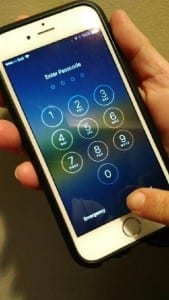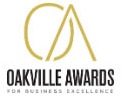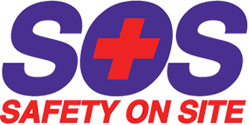
The majority of 911 emergency calls are made from cell phones nowadays. That number will continue to grow as mobile devices are usually closer at hand and more people are giving up their home telephone lines. It is best to call from a landline because calls are easier for emergency personnel to trace, but there may not be one available or close by. A cell phone may be your best option at the time. What if the keypad is locked and you don’t know or can’t remember the code?
Anyone can call 911 without entering a passcode on a locked phone and parents can teach their children how to make that call in an emergency. Here’s how.
Have a look at the screen of a locked cell phone. You will see the word “Emergency” on the keypad. Press the word “Emergency”. This action will by-pass the passcode protection, revealing the number pad. Tap 9, 1, 1, then press the green button with the image of a phone. It’s fast, easy and very user-friendly.
Remember to lock your phone when you’re not using it. Thousands of people call 911 everyday by mistake. This ties up the operator and prevents emergency workers from getting to the people who really need their help. Teach children to never call 911 for practice, as a joke or for non-emergency reasons.
911 is for emergencies. Simply put, an emergency is when there is a dangerous threat to a person or property, such as a robbery, a fire, a car accident, or a seriously sick or injured person. If you’re not sure if a 911 call is in order, here are some emergency situations where you should definitely call.
Chest Pains – maybe it was that late night pizza or maybe its something more serious. If chest pains are combined with other signs and symptoms like cold clammy skin, dizziness, numbness in hands and fingers, CALL.
Deadly Bleeding – if you can look at a situation and find yourself saying “wow that’s a lot of blood”….then its probably too much! Blood belongs in your body. CALL.
Slurred Speech and sudden severe headache – perhaps the barometric pressure is playing havoc with your brain but often those types of headaches worsen gradually. The key word is sudden…CALL.
Potential Head/Neck/Spine injury – if you have been involved in an accident, have fallen or hit your head, it does not hurt to get checked out. Perhaps you are fine, but sometimes you won’t know for a few hours. Time may cost tissue! CALL.
Unconsciousness – you don’t have to be cold in order to be unconscious! Altered levels of consciousness means you aren’t getting enough blood to your brain. CALL.
Difficulty breathing – How long do you think you can go without air? Well not a very long time. Please don’t wait until you stop breathing all together. The clock is ticking. CALL.
Income Tax – If you are having problems or questions about filing your income tax please DO NOT CALL!
These are just a few hard and fast rules about calling 911. When calling 911 it is important to stick to the facts like your name, address, phone number, how many people are injured and the extent of their injuries so the dispatcher knows exactly how to proceed. Answer the 911 operator’s questions calmly and follow any instructions given.
While you are waiting for EMS to arrive, you can do a few things to help:
Remain calm – This not only helps you to handle the situation, but it also helps the injured person too! Providing comfort and positive reassurance often keeps the situation from progressing into something more serious.
Doors and dogs – Making sure the doors are unlocked and pets are contained. Some pets become very stressed if their owner is injured and may react in a negative way. Its not their fault. They love their owners! Keeping them contained keeps everyone safe.
Make way – if anyone is there who can help you to move furniture or vehicles, ask for their help. Anything you can do to clear the way for Emergency Personnel allows them to provide care faster.
If you’d like more information on when to call 911 and what to do when you are waiting, SOS First Aid offers Red Cross First Aid courses in many communities in southern Ontario.






